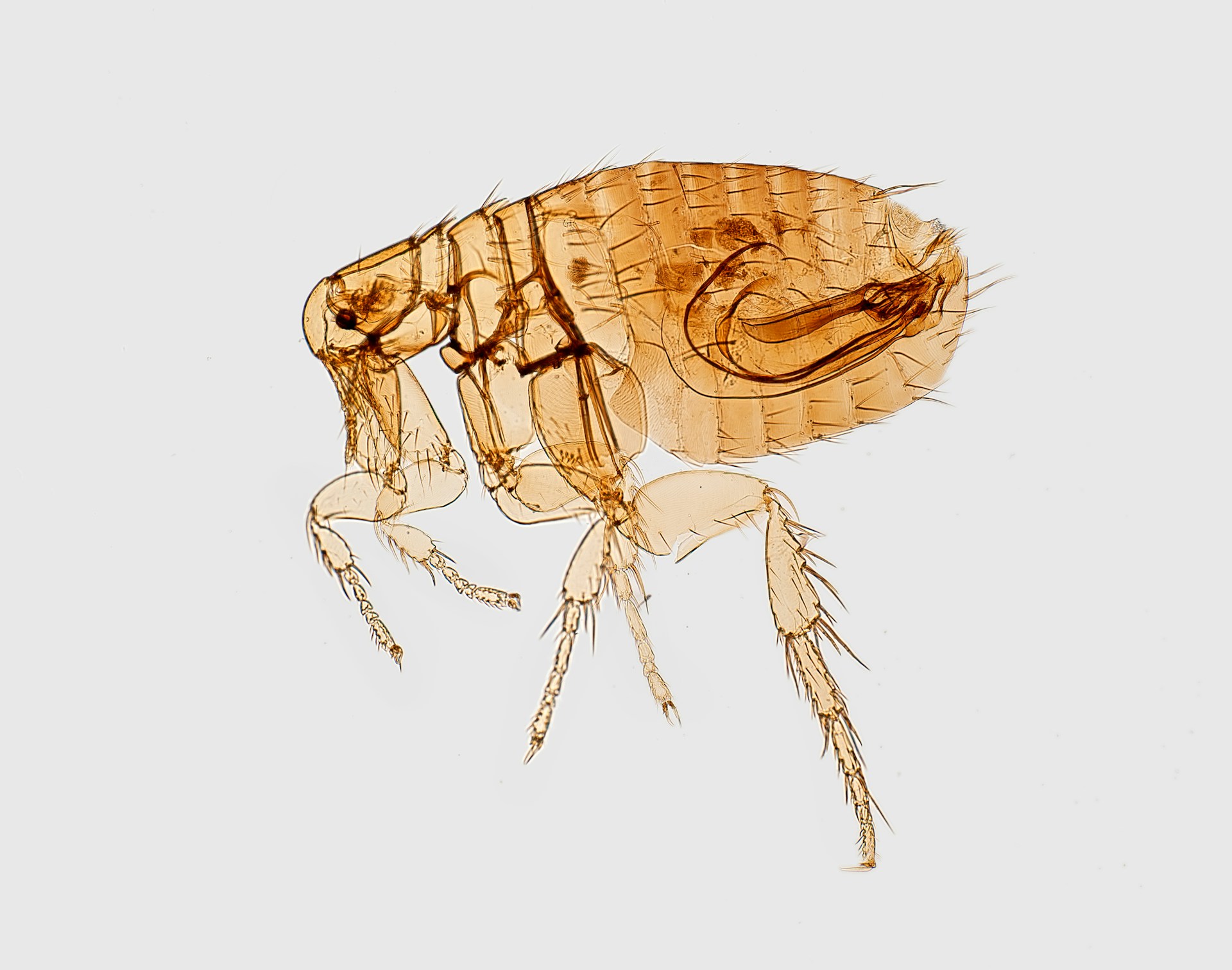Fleas and ticks are irritating and hazardous pests. They pose serious health risks, especially to your pets. They are capable of spreading diseases, triggering allergies, and multiplying faster than you can imagine. They can turn your lovely home into a breeding ground in no time.
Protecting your pets from pests like fleas and ticks requires taking a proactive stance, and this starts with knowing how infestations start, why prevention matters, and actionable ways recommended by pest control companies to keep pets safe.
Understanding the Risks Fleas and Ticks Pose
Fleas thrive in warm, humid environments and jump onto pets during walks or playtime. Their bites cause itching, hair loss, and even anemia in severe cases. Ticks hide in tall grass or wooded areas, latching onto pets to feed. Beyond discomfort, ticks carry pathogens that lead to Lyme disease, anaplasmosis, and ehrlichiosis.
Left unchecked, flea infestations can spread to carpets, furniture, and bedding, putting humans at risk. Once infected, pets will scratch incessantly, leading to infections, while families face bites from displaced pests.
Early Signs Your Pet Might Have Fleas or Ticks
Spotting pest infestations early stops them from spreading. Watch for excessive scratching, especially around the neck, ears, or tail. Fleas leave behind tiny black specks called flea dirt on bedding or combs. Ticks often hide between toes, under collars, or inside ears, feeling like small bumps under fur.
After spending some time outdoors, run a fine-toothed comb through your pet’s coat over a white towel. Flea dirt turns reddish when damp, confirming their presence.
Preventing Strategies That Actually Work
- Regular grooming and checks help catch pests early. Bathe pets monthly using shampoos formulated to repel fleas. Use combs designed to trap pests and eggs. After walks, inspect paws, ears, and bellies where ticks cling.
- Vet-approved preventatives like topical treatments, oral medications, and collars disrupt flea lifecycles. Consult your veterinarian to choose options suited to your pet’s age, weight, and health. Avoid over-the-counter products with harsh ingredients that irritate sensitive skin.
- Home and yard maintenance is critical. Vacuum floors daily, focusing on carpets and furniture crevices. Wash bedding weekly in hot water to kill eggs. Outside, keep lawns mowed and clear leaf piles. Create gravel barriers between yards and wooded zones. Professionals recommend eco-friendly yard sprays that target flea larvae without harming pets.
- Seasonal adjustments are necessary. Flea populations surge in summer, but ticks remain active year-round in mild climates. Increase grooming during warmer months and maintain preventatives even in winter.
Handling Active Infestations Without Stress
If pests invade, isolate affected pets to limit spread. Wash all bedding, plush toys, and linens in hot water. Vacuum daily, emptying canisters outside immediately. Avoid dog treatments on cats, as ingredients like permethrin are toxic to felines and vice versa. For severe cases, professionals deploy heated steamers to kill eggs in fabrics and apply residual sprays to prevent re-infestation.
When to Seek Professional Pest Control Help
Persistent scratching, recurring infestations, or allergic reactions signal deeper issues. Experts assess homes, treat hidden hotspots, and craft prevention plans. Many services include follow-up visits to confirm pests stay gone.
Fleas and ticks demand year-round vigilance, but proactive steps minimize risks. By staying informed and acting early, you create a safer space for pets to thrive, free from pests and full of play.



